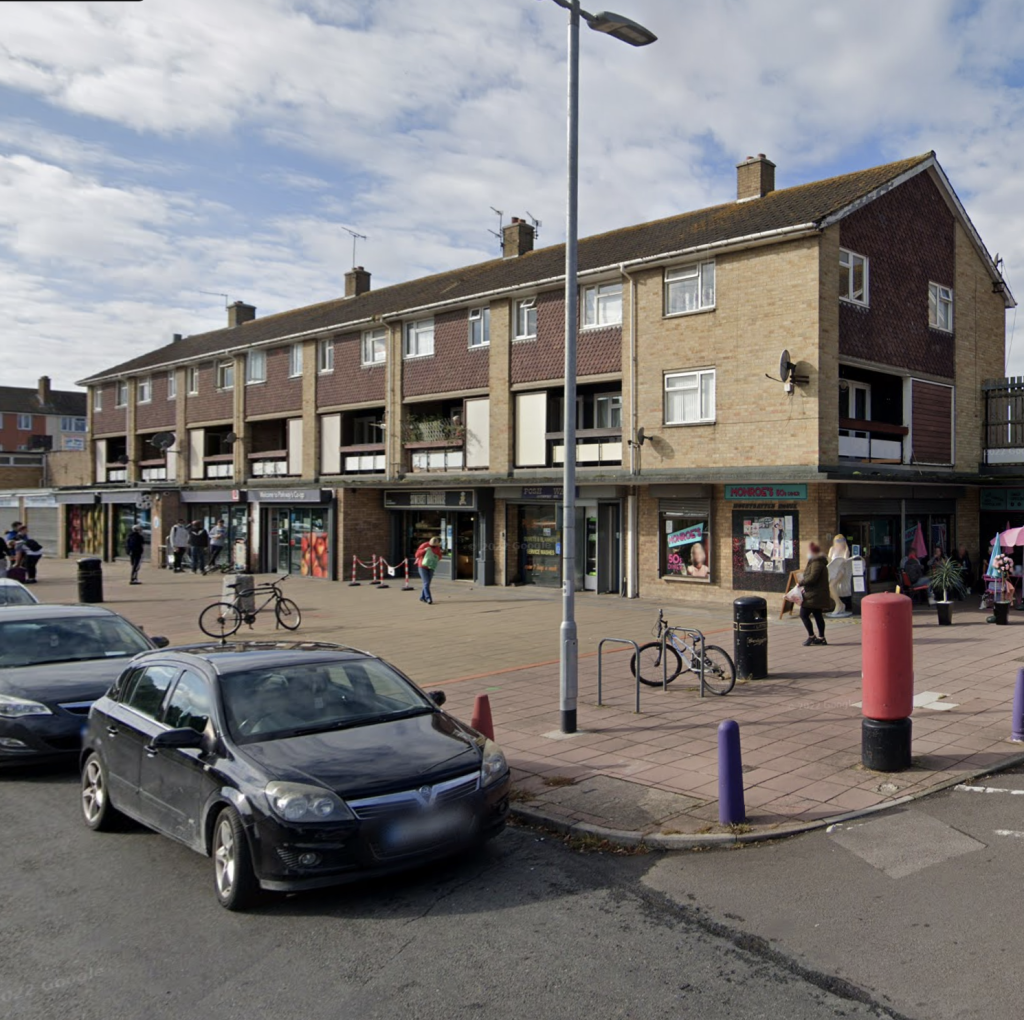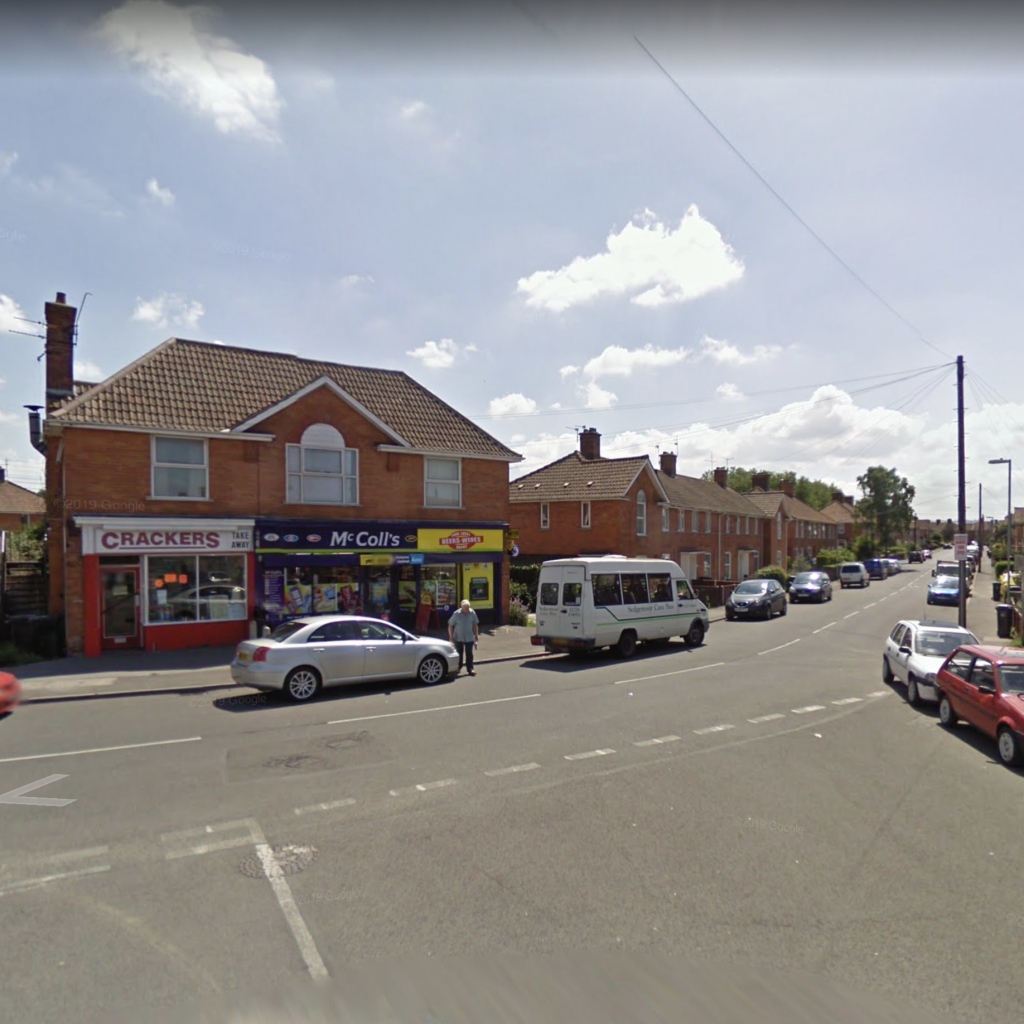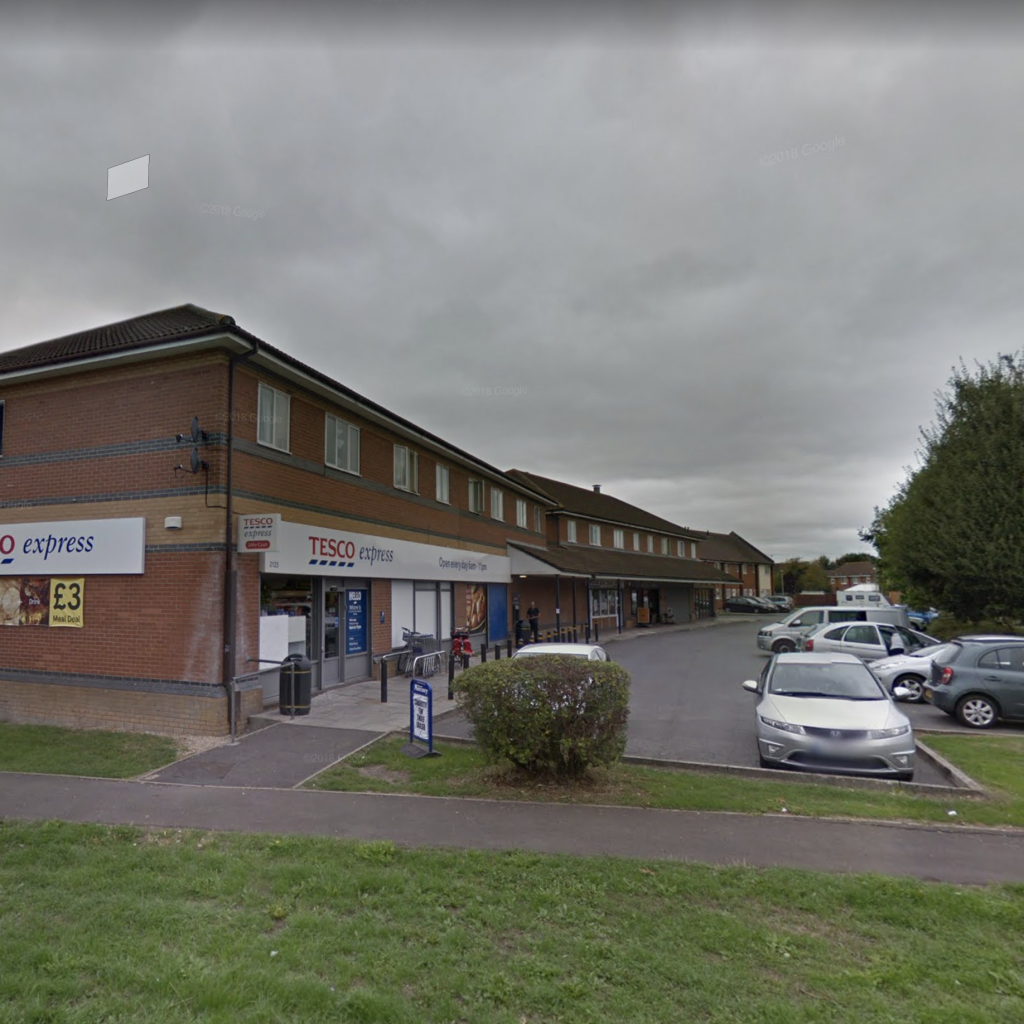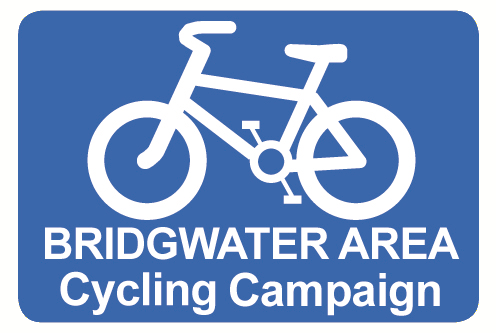
While we’ll always support the provision of better cycle routes in and out of Bridgwater town centre, there is another complementary approach that can serve the same aim of reducing the need for car trips: Liveable Neighbourhoods.
So what are Liveable Neighbourhoods exactly?
The most important thing is that, at their core, they’re places that are designed to be people-friendly – where kids feel safe playing outside, neighbours encounter each other more often, and people choose to spend time and money. Sustrans describes them as “public spaces that prioritise people over cars.”
You might have heard about Low Traffic Neighbourhoods, or LTNs – these schemes seem to have earned a bit of a bad reputation – somewhat unfairly, we’d argue. According to research from Cycling UK, 77% of people support measures in their local area to encourage cycling and walking. A Liveable Neighbourhood often includes measures designed to reduce or eliminate motor traffic, but there’s a lot more to them besides that.
It’s not just tools like modal filters and 20 mph speed limits that can be used; liveable neighbourhoods can be created using a range of interventions that are often very simple, such as:
- planting trees
- providing more benches
- community activity spaces
- cross points
- better lighting
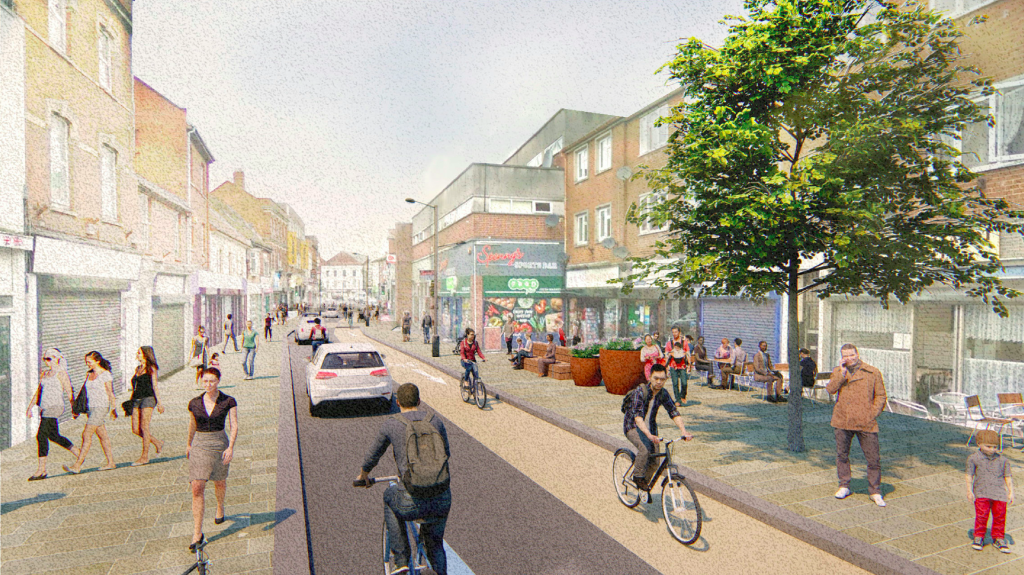
Some people have raised concerns that restricting motor vehicle movements will harm local business, but this isn’t the case. As Sustrans point out: “when people spend more time on their streets, they’re also more likely to stop and shop, which is good news for local economies.”
From smartertransport.uk:
A Liveable Neighbourhood “is one which supports living, working, commerce and culture within its area; encourages sustainable transport to move around it; and has a distinct character.”
“Lip service is paid to these principles in new developments around the city, with little evidence of success. We need to be more ambitious, which will require co-operation and coordination between planning, transport and community infrastructure functions at [the local authority]”
TfL‘s aim is “to reduce car trips and improve neighbourhoods for walking, cycling and public transport.”
The Healthy Streets Approach provides a framework that puts human health at the heart of urban planning. The aim of Liveable Neighbourhoods is to use this approach to make walking, cycling and public transport the first choice for getting around.
There are 10 Healthy Streets indicators (devised by Lucy Saunders):
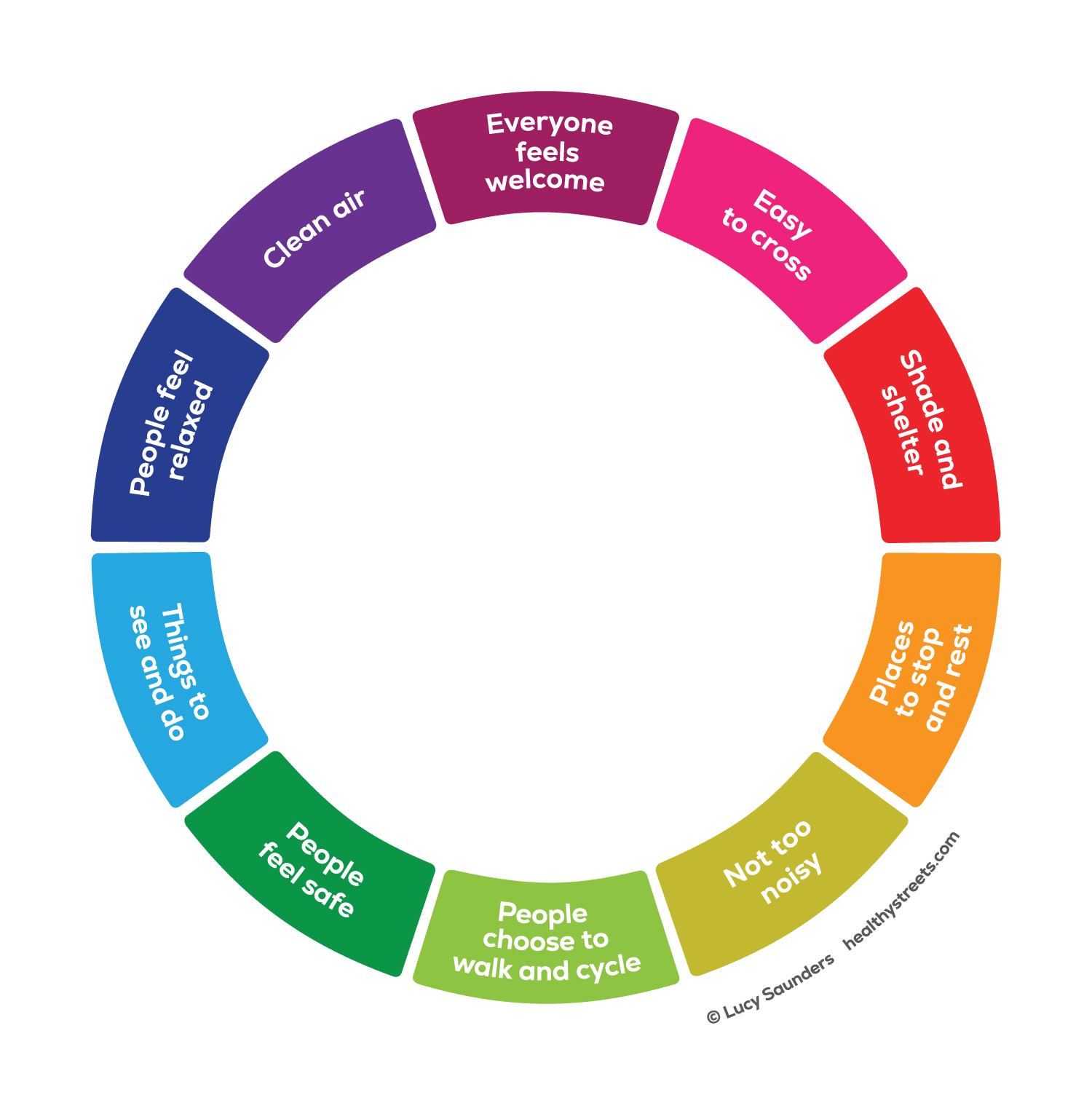
Many liveable neighbourhood schemes make use of ‘green infrastructure’ – things like parklets, tree planting and rain gardens. Doing this can encourage people to cycle and walk more.
Consultation is key
As highlighted in this article, it’s important to engage local residents from an early stage, so they can help shape ideas about how to make improvements. This is what’s called ‘co-design’, and it means that schemes will respond to local needs. People should feel that schemes like the Celebration Mile are happening for them, rather than happening to them.
What are your thoughts? Which areas of Bridgwater need better local facilities? Which areas are ripe for regeneration? Let us know! We are working with Somerset Council on issues like this, so your voice can be heard!
